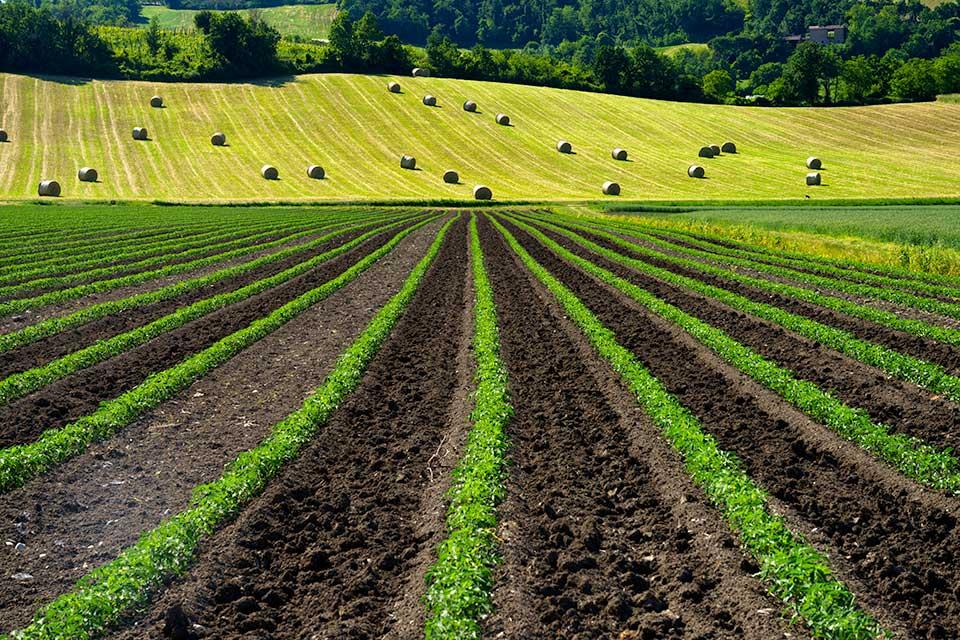Robotics
Surface electromyography (EMG) can be used to interact with and control robots via intent recognition. However, most machine learning algorithms used to decode EMG signals have been trained on small datasets with limited subjects, impacting their generalization across different users and tasks. Here we developed EMGNet, a large-scale dataset for EMG neural decoding of human movements. EMGNet combines 7 open-source datasets with processed EMG signals for 132 healthy subjects (152 GB total size).
- Categories:
 1499 Views
1499 Views
This dataset comprises three degrees of freedom (3 DOF) sensory data and simulation data collected from a Kinova robotic arm. The sensory data includes real-time measurements from the robotic arm’s joint positions, velocities, and torques, providing a detailed account of the arm’s dynamic behavior. The dataset also includes simulated data generated using a high-fidelity physics engine, accurately modeling the Kinova arm’s kinematics and dynamics under various operational scenarios.
- Categories:
 139 Views
139 ViewsThis dataset contains both the artificial and real flower images of bramble flowers. The real images were taken with a realsense D435 camera inside the West Virginia University greenhouse. All the flowers are annotated in YOLO format with bounding box and class name. The trained weights after training also have been provided. They can be used with the python script provided to detect the bramble flowers. Also the classifier can classify whether the flowers center is visible or hidden which will be helpful in precision pollination projects.
- Categories:
 491 Views
491 ViewsThis data port serves as a valuable extension to the article titled "Algorithmic Framework for Analyzing and Simulating Multi-axial Robotic Transformations in Spatial Coordinates." It provides Python script implementations of the simulation algorithm detailed in the paper. These scripts are designed to allow seamless adoption and experimentation with the proposed algorithm, enhancing its usability for researchers and practitioners alike.
- Categories:
 127 Views
127 Views
Lettuce Farm SLAM Dataset (LFSD) is a VSLAM dataset based on RGB and depth images captured by VegeBot robot in a lettuce farm. The dataset consists of RGB and depth images, IMU, and RTK-GPS sensor data. Detection and tracking of lettuce plants on images are annotated with the standard Multiple Object Tracking (MOT) format. It aims to accelerate the development of algorithms for localization and mapping in the agricultural field, and crop detection and tracking.
- Categories:
 714 Views
714 Views
In this investigation, the researchers have used a commercially available millimeter-wave (MMW) radar to collect data and assess the performance of deep learning algorithms in distinguishing different objects. The research looks at how varied ambiance factors, such as height, distance, and lighting, affect object recognition ability in both static and dynamic stages of the radar.
- Categories:
 709 Views
709 ViewsVision is important for transitions between different locomotor controllers (e.g., level-ground walking to stair ascent) by sensing the environment prior to physical interactions. Here we developed StairNet to support the development and comparison of deep learning models for visual recognition of stairs. The dataset builds on ExoNet – the largest open-source dataset of egocentric images of real-world walking environments.
- Categories:
 3133 Views
3133 Views
Dataset asscociated with a paper in 2021 IEEE/RSJ International Conference on Intelligent Robots and Systems
"Talk the talk and walk the walk: Dialogue-driven navigation in unknown indoor environments"
If you use this code or data, please cite the above paper.
- Categories:
 253 Views
253 Views




